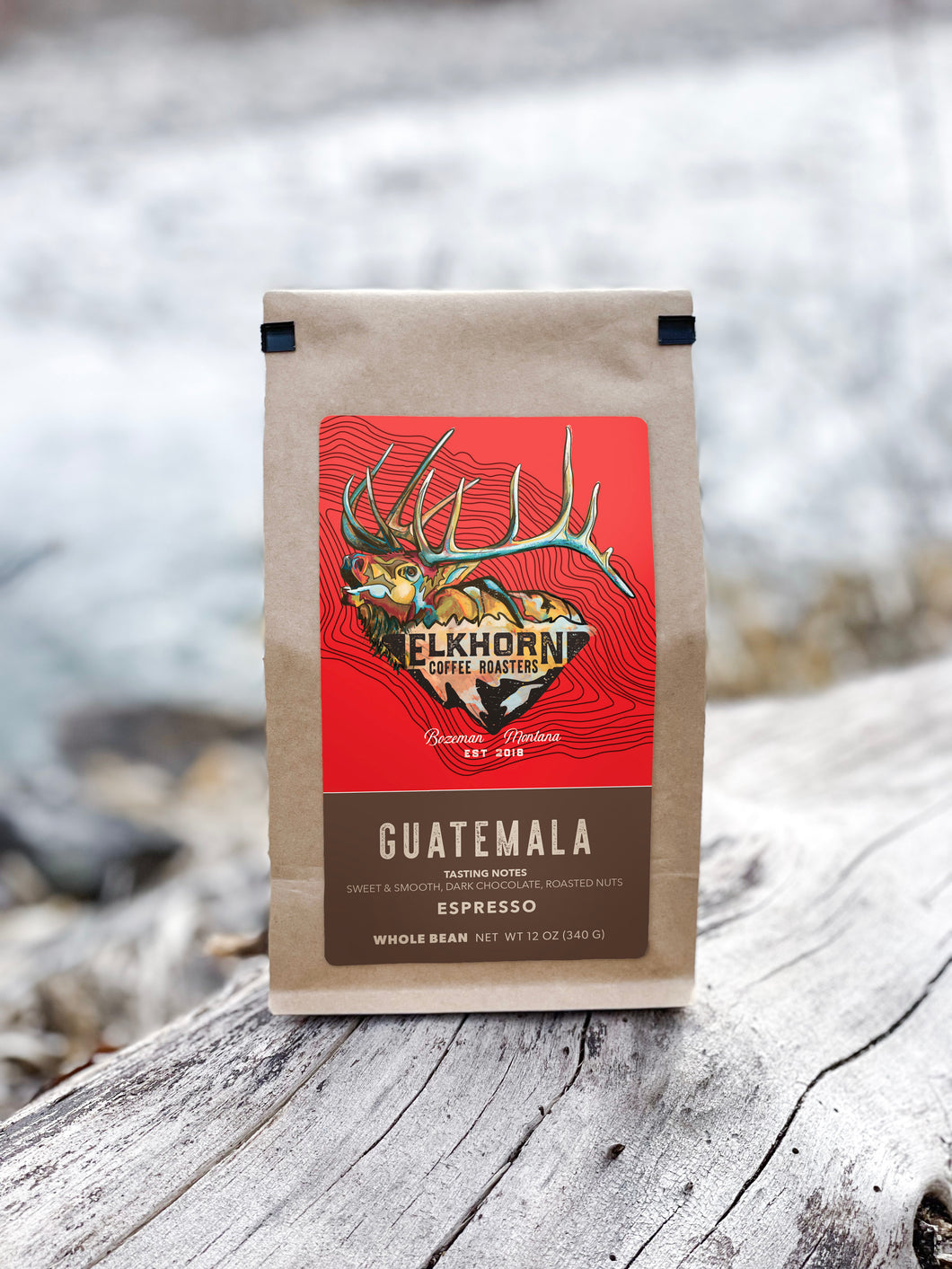A Starter’s Guide to Understanding SOE Single Origin Espresso
A Starter’s Guide to Understanding SOE Single Origin Espresso
Blog Article
Recognizing Coffee Beans: the Trip From Coffee to Blended Coffee Beans

The Beginnings of Coffee: A Global Perspective
While you could assume of coffee as a modern-day staple, its origins map back centuries, intertwining with societies throughout the world. The story begins in Ethiopia, where tale claims a goat herder named Kaldi uncovered the energizing effects of coffee beans after seeing his goats frolicking vigorously after consuming them.
As profession routes broadened, coffee made its means to Europe in the 17th century, quickly acquiring popularity. Each society included its distinct twist to coffee preparation, enhancing its background.
Growing and Harvesting of Coffee Beans
As coffee's trip advanced, the emphasis changed to the farming and harvesting of specific bean varieties, particularly those utilized for espresso. You'll discover that espresso beans commonly originate from Arabica or Robusta plants, each offering distinctive tastes. The optimal growing conditions consist of high altitudes and rich, well-drained soil, which boost the beans' top quality.
During the harvest, picking methods vary. In some areas, employees hand-pick ripe cherries, making certain only the most effective fruit mosts likely to handling. In various other locations, mechanical farmers are made use of, especially on bigger farms. Timing is important; you desire to collect when the cherries get to peak ripeness for maximum taste.
Once harvested, the beans are prepared for handling, which is essential in determining their final preference. Recognizing the cultivation and gathering procedures offers you understanding into what enters into your favorite coffee, enriching your admiration for each and every cup.
Handling Techniques: From Cherry to Bean
Since you have actually found out about harvesting espresso beans, let's check out exactly how those cherries transform into the coffee beans you love. You'll see exactly how various harvesting techniques impact flavor, complied with by the important steps of fermentation and drying out. Finally, we'll damage down the milling and grading procedure that establishes your coffee's quality.
Harvesting Strategies Discussed
When it comes to coffee, understanding harvesting methods is necessary, since they directly impact the taste and high quality of the beans you take pleasure in. Discerning picking includes hand-picking only ripe cherries, ensuring you obtain the ideal quality beans. Eventually, the option of gathering technique can significantly affect your coffee experience, so it's worth recognizing how those beans made it to your mug.
Fermentation and Drying Out
After collecting, the following steps in processing coffee beans play a considerable duty in shaping their taste. You'll locate that fermentation is important, as it aids damage down the mucilage surrounding the beans, improving their taste account. Depending upon the technique, this process can last from a couple of hours to a number of days, with varying results based on temperature level and moisture.
When fermentation is complete, drying out adheres to, which is similarly crucial. You can select from sun-drying or mechanical drying out approaches. Sun-drying enables the beans to soak up flavors from the environment, while mechanical drying out warranties regular moisture levels no matter of climate. Appropriate drying is important to protect against mold and maintain the beans' high quality, ultimately influencing your mug of coffee.
Milling and Grading Refine
As fermentation and drying out established the phase for taste growth, the milling and grading procedure warranties that just the ideal coffee beans make it to your mug. This phase entails removing the external layers of the coffee cherry, consisting of the parchment and husk. Top quality beans receive a greater grade, resulting in a richer coffee experience.
Roasting Strategies: Unlocking Flavor Potential
When you roast coffee beans, the technique you pick can significantly impact the flavor account. Understanding the partnership in between time, temperature level, and toasting methods is essential to revealing the potential of your mixture. Allow's check out exactly how these elements integrated to create the perfect mug.
Toasting Approaches Clarified
While you could believe that all coffee toasting approaches generate the exact same outcomes, the truth is that each method reveals special taste potentials in the beans. Drum toasting uses a turning drum to equally distribute warm, boosting caramelization and creating a well balanced flavor. Air roasting, on the various other hand, flows hot air around the beans, advertising a lighter roast with obvious acidity.

Influence On Taste Profile
Different toasting approaches not only influence the procedure yet likewise greatly impact the taste account of the coffee beans. When you choose a light roast, you'll experience brilliant level of acidity and flower notes, showcasing the bean's origin. In comparison, a tool roast equilibriums acidity with sweetness, often disclosing chocolatey touches. Dark roasts, on the other hand, draw out vibrant, smoky tastes, sometimes concealing the bean's unique attributes. Each strategy reveals various oils and substances, resulting in a vast variety of tastes. By explore different toasting designs, you can discover which profiles resonate with your taste buds. Recognizing these nuances aids you value the virtuosity behind your mug of coffee, enhancing your overall experience with every sip.
Time and Temperature Level Aspects
To launch the full flavor potential of coffee beans, both time and temperature level throughout the roasting process find more info play substantial duties. When roasting, you'll find that higher temperature levels can swiftly establish flavors, yet if you hurry it, you might wind up with burnt notes. Conversely, reduced temperatures enable a more steady taste advancement, showcasing the beans' distinct qualities.

Timing is equally as vital; prolonging the roast too long can bring about a loss of acidity and brightness, while too brief a roast could leave the beans underdeveloped. Locating that pleasant place requires practice and experimentation. By adjusting these aspects, you can expose the rich, intricate tastes hidden within each bean, creating a truly impressive coffee experience.
The Art of Mixing: Crafting Distinct Coffee Profiles

Beginning by selecting a base coffee that offers a strong structure. Pick corresponding beans to improve certain flavor notes. An intense Ethiopian bean can bring fruitiness, while a rich Brazilian coffee adds body. Experimentation is key-- don't be terrified to readjust proportions till you locate your excellent account.
As you mix, bear in mind that each combination narrates. You're not just making coffee; you're creating an experience. Take your time, taste regularly, and enjoy the trip of uncovering your trademark mix - Single Origin Espresso.
Developing Techniques: Exactly How Preparation Affects Flavor
Blending coffee opens up a domain name of taste possibilities, yet exactly how you make that blend can considerably affect your final mug. On the other hand, a pour-over highlights the coffee's quality and brightness, excellent for showcasing delicate notes.
Coffee, with its high pressure, generates a concentrated shot that emphasizes sweetness and crema. If you prefer a lighter brew, consider a chilly mixture technique; it produces a smooth, less acidic preference.
Ultimately, trial and error is essential. Readjusting variables like water temperature, grind dimension, and make time can transform your check my source coffee's account. So, embrace the art of brewing to discover the flavors concealed in your coffee blends. The right method can raise your experience to brand-new heights.
The Future of Coffee: Sustainability and Advancement
As the coffee sector progresses, sustainability and development are becoming essential for resolving environmental difficulties and meeting consumer demands. You'll observe that more coffee business are taking on environment-friendly practices, from sourcing beans ethically to applying lasting farming techniques. These shifts not only aid the earth but likewise boost the quality of the coffee you delight in.
You could see developments like naturally degradable product packaging and water-saving developing methods that decrease waste. Advanced innovation, such as blockchain, is likewise coming to be preferred, ensuring transparency in the supply chain, which enables you to map your coffee back to its origins.
Additionally, spending in neighborhood areas and sustaining farmers via reasonable profession efforts promotes a much more sustainable coffee environment. As you sip your next cup, bear in mind that your choices can add to a brighter future for coffee. By choosing sustainable brands, you're not just delighting in a beverage; you're making a favorable effect on the globe.
Regularly Asked Questions
What Is the Difference In Between Arabica and Robusta Beans?
Arabica beans are smoother, sweeter, and have a greater acidity, while robusta beans are more powerful, a lot more bitter, and consist of more high levels of caffeine. You'll see these differences in flavor and scent when brewing your coffee.
How Does Elevation Affect Coffee Bean Flavor?
Elevation impacts coffee bean taste considerably. Greater elevations generate beans with brighter acidity and facility flavors, while reduced altitudes usually generate beans that are larger and less nuanced. You'll notice these distinctions in your cup!
What Are the Health Conveniences of Alcohol Consumption Coffee?
Consuming coffee can boost your power, improve psychological focus, and even enhance physical performance. It's rich in antioxidants, might Continue decrease the danger of certain diseases, and can advertise a much healthier metabolism when eaten in moderation.
Can Coffee Beans Be Recycled for Brewing?
Yes, you can reuse coffee beans for developing, however the flavor may be weak. If you appreciate trying out, attempt recycling them in different ways, like cool brews or including in healthy smoothies for an extra kick.
Just how Should I Store Coffee Beans for Freshness?
To keep your coffee beans fresh, keep them in a closed container in an awesome, dark area. Avoid revealing them to moisture, light, or heat, as these elements can swiftly weaken their taste and fragrance.
Understanding Coffee Beans: the Journey From Espresso to Blended Coffee Beans.
Now that you've learned about harvesting espresso beans, let's explore how those cherries transform into the coffee beans you like.When you roast coffee beans, the technique you select can drastically affect the flavor profile - Single Origin Espresso.While you may believe that all coffee roasting methods produce the exact same results, the truth is that each technique reveals unique taste possibilities in the beans.Various toasting techniques not only influence the procedure yet additionally substantially influence the flavor profile of the coffee beans
Report this page